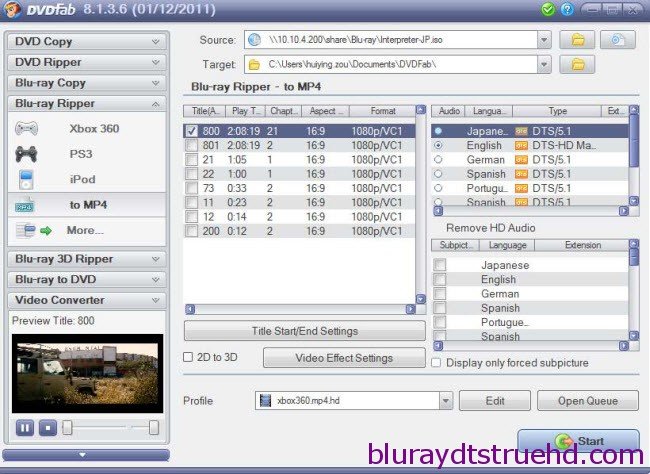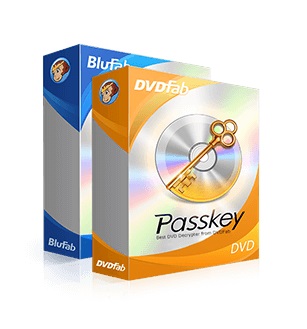

SACD has several copy prevention features at the physical level which, for the moment, appear to make SACD discs impossible to copy without resorting to the analog hole, or ripping of the conventional 700MB layer on hybrid discs. On hybrid SACD discs, PSP is only applied to the SACD layer - not to the CD layer. Because the majority of DVD players and all DVD-ROM drives use an optical pickup that lacks this specialized watermark detection circuitry they cannot read the data on the SACD layer of a protected SACD disc. The optical pickup must contain special circuitry to read the PSP watermark, which is then compared to information on the disc to make sure it’s legitimate. SACD includes various copy protection measures of which the most prominent is Pit Signal Processing (PSP), a physical watermarking feature that contains a digital watermark modulated in the width of pits on the disc (data is stored in the pit length). High-resolution PCM (DVD-Audio, HD DVD and Blu-ray Disc) and DSD (SACD) may still differ in terms of fidelity at high-frequencies since DSD, owing to its high sampling frequency, does not show the ringing effects that PCM shows with certain types of signals. The ability to play SACD hybrid discs on all standard Red Book CD or DVD video players is considered a significant advantage of the SACD format over DVD-Audio. Most SACDs are issued in a Hybrid Super Audio CDs format only (which include both a Stereo CD and a Super Audio CD layer), music collectors may build and enjoy an SACD collection even if their only disc player is not designed to read the SACD’s higher fidelity DSD encoding.


About SACD and high fidelity audio including 'copy' problemĮarlier attempts at higher fidelity that stayed within the CDDA standard - XRCD and HDCD


 0 kommentar(er)
0 kommentar(er)
